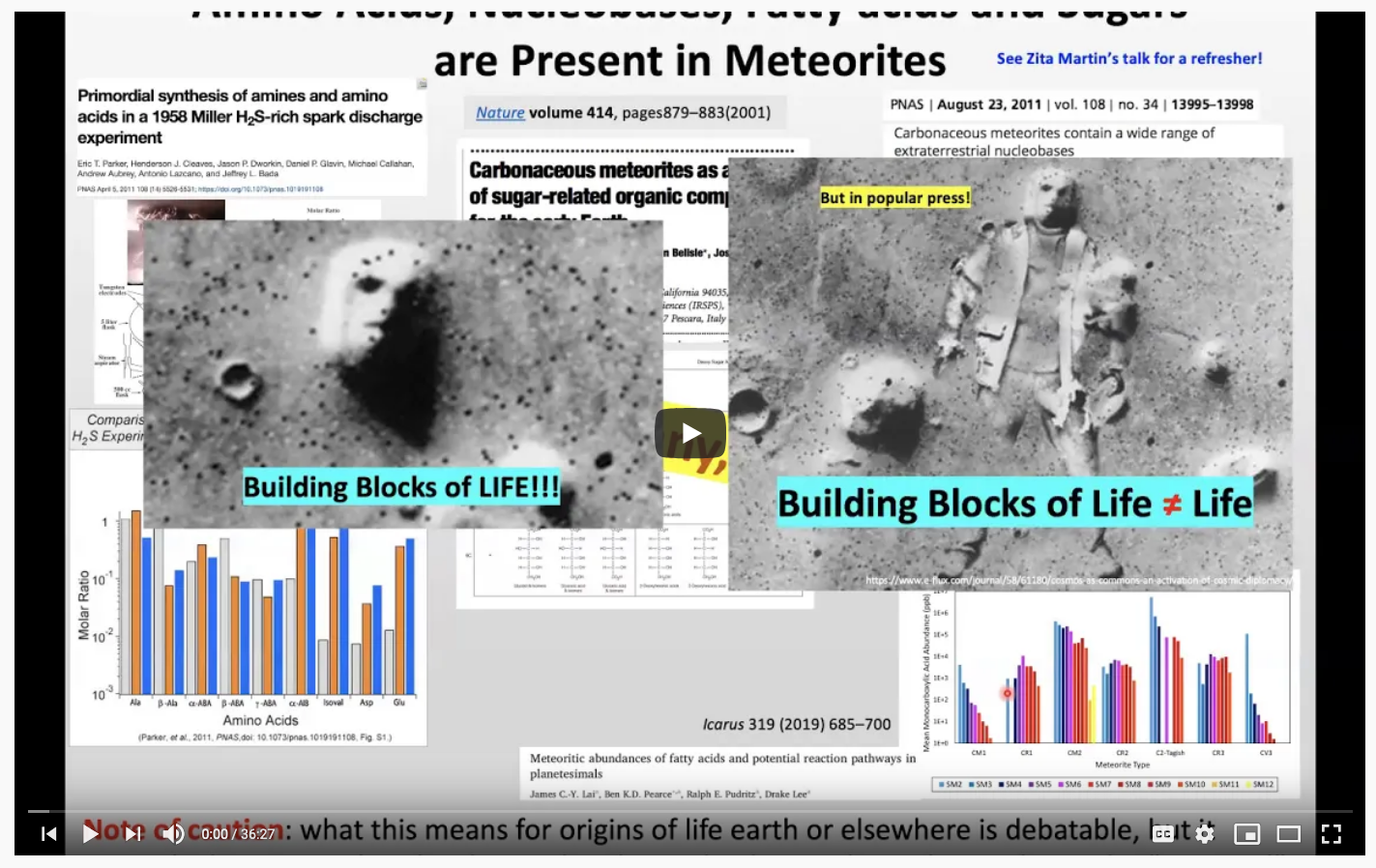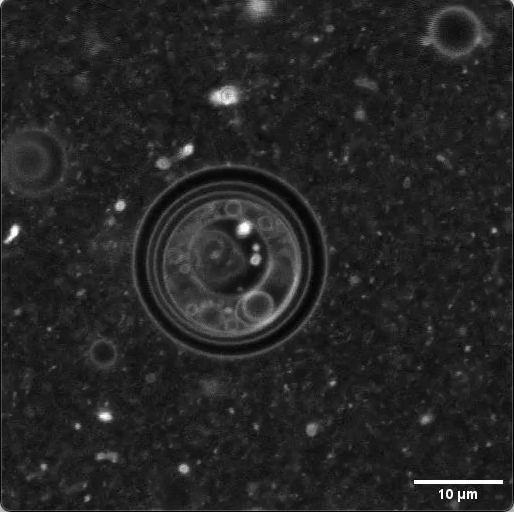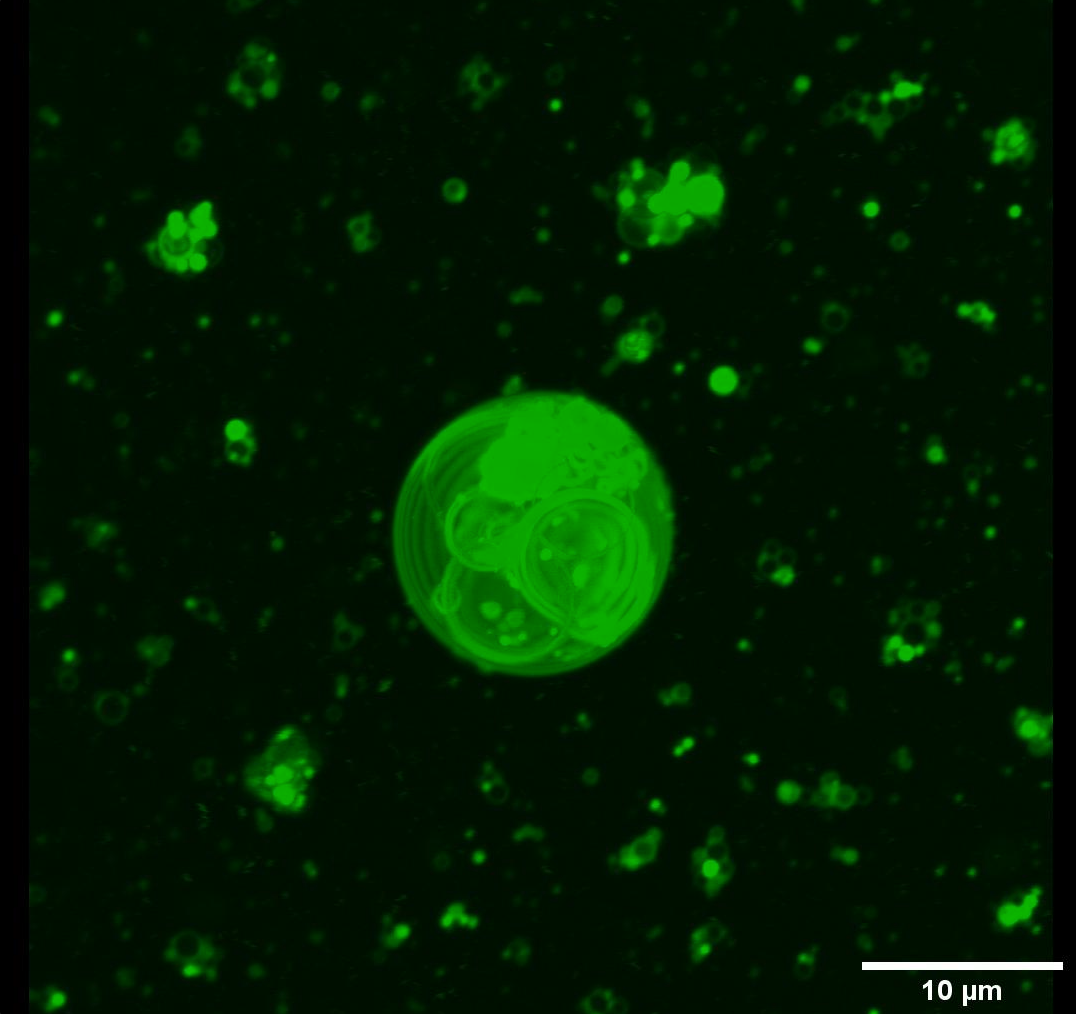The Krishnamurthy Lab
Research
The history behind the research philosophy of our group's work
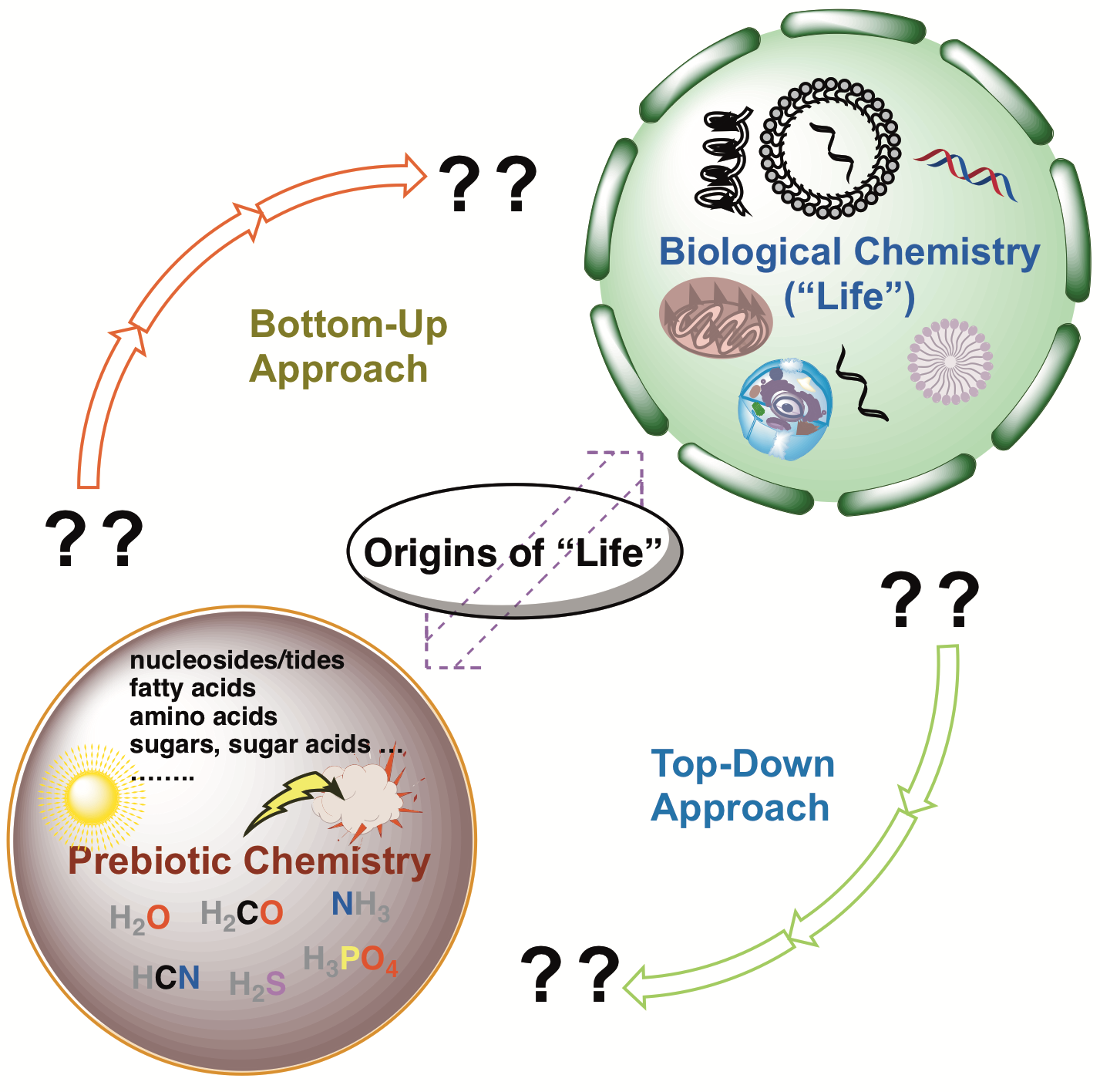

Watch the YouTube video of the talk
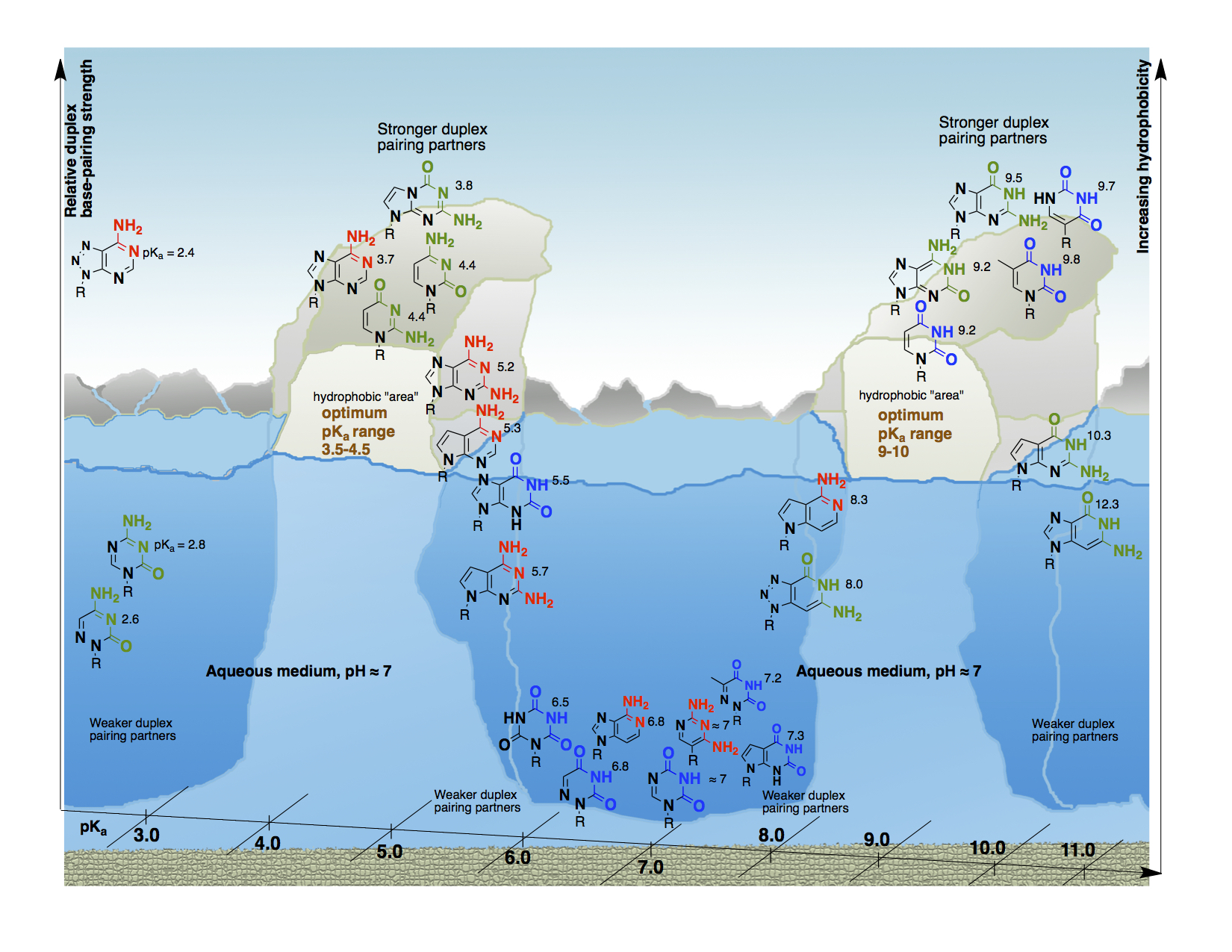
Origins of Life Studies:
We utilize the tools of synthetic organic chemistry and methodology to try and understand the chemical process of life: its origins, its evolution and its current state.
- Working within the constraints of primordial chemistry we delineate the types of precursor building blocks and organo-chemical reactions that have the potential to give rise to bio- and proto-biomolecules of interest. Then, we investigate how these molecules could evolve (e.g. transform or self-assemble) to confer certain benefits (e.g. stability and function). These investigations are expected to contribute to an understanding as to how the currently functioning biomolecules can come into existence starting from simpler precursors.
- We are interested in mapping the landscape of potentially primordial informational oligomers that contain backbones, recognition elements and linker groups that are quite different from the canonical structures. Expanding on the approach “Chemical Etiology of Nucleic Acid Structure” codified by Professor A. Eschenmoser, we continue - to conceive (by chemical reasoning) potentially natural alternatives to the nucleic acid structure, to synthesize such alternatives by chemical methods, and to systematically compare them with the natural nucleic acids with respect to those chemical properties that are fundamental to the biological function of RNA and DNA.
Such an endeavor can result not only in creating a perspective for understanding nature's choice of its molecular functionaries, but also in the development of new synthetic strategies and discovery of novel chemistries.
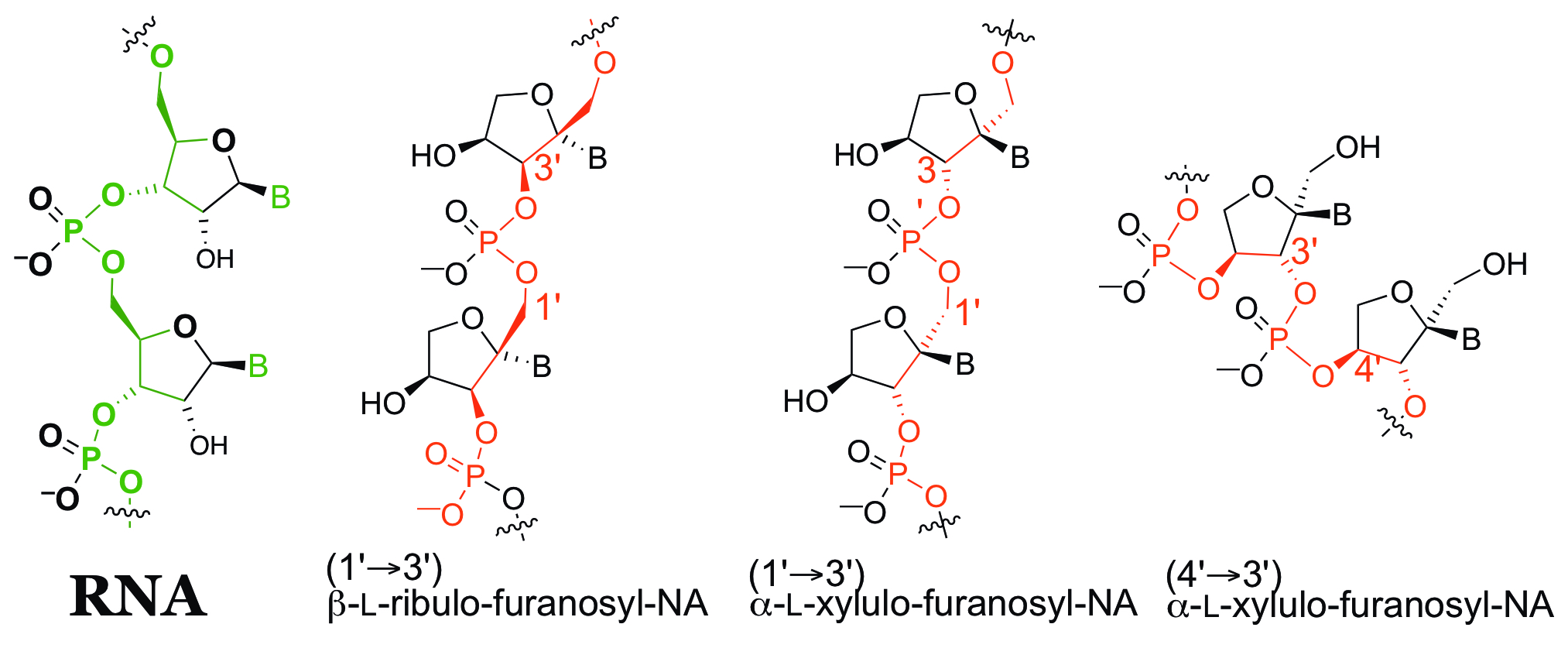
Molecular Bio-mimicry and Chemical Biology:
We are interested in expanding the repertoire of artificial informational polymers with a goal to relate the structural variation with the expression of emergent properties.
- Inspired by, and building on, the concepts uncovered in the studies of potentially natural alternatives to RNA, we have begun to identify novel non-natural alternative structures of RNA and DNA that are thought to possess interesting properties both from the structural and functional point of view. Our objective is to synthesize these unorthodox oligomers and investigate their properties and structure.
- The study of how these non-natural alternative informational polymers interact with enzymes, and behave in a cellular environment, is of interest in the context of chemical biology. To understand how they affect and interfere with cellular processes and function, and how they are expressed in a cellular environment is expected to contribute to our understanding of manipulating biological processes – ultimately leading to modulation or creation of new biological functions.
The overall thrust of these investigations is to uncover the requirements that should be met in the quest towards the development of alternative biology.
Protometabolic Pathways:
Are abiotic protometabolic pathways (in a prebiotic context) that harbor the potential to evolve and transition (or give rise) to those types of metabolic pathways observed in extant biochemistry?
We use a “bottoms-up” approach, wherein we hypothesize that the reactivity of plausible prebiotic small molecules and their reaction pathways may give us clues as to how protometabolic pathways may naturally emerge. We employ the reaction of the simplest ketoacids, glyoxylate and pyruvate; and, in the absence of any catalysts and observed the reaction of these two ketoacids give rise to a series of products that turned out to be the exact alpha-keto analogs of the extant r-TCA pathway (black pathway). Glyoxylate itself was the reductant (by hydride transfer) and no metal salts are needed.
Furthermore, by including ammonia and cyanide (purple/blue) in these same reactions the system begins to produce alpha-amino acids from these alpha-ketoacids via a reductive amination pathway that involves the formation of hydantoin as an intermediate. Dihydroorotate and orotic acid were also formed by further transformation of hydantoins under the same reaction conditions– representing for the first time an emergent connection between a protometabolic pathway and the synthesis of building blocks of peptides and nucleic acids.
Our work aims to demonstrate simpler abiotic versions of protometabolic pathways could have been operating before the advent of more evolved pathways that require more difficult steps mediated by sophisticated (enzyme) catalysts.

Protocells and Synthetic cells:
The emergence of primordial protocells are an important phase in the chemical origination of life’s processes. We endeavor to model how simple fatty acids may have evolved to give rise to functioning phospholipid based cell membranes. We use cyclic-phospholipids derived from short chain fatty acids to form a composome of vesicles that could enable the emergence of a functionally more complex assembly as part of the chemical evolutionary process. Such endeavors have a direct connection with creation of synthetic cells that can possess features resembling natural cells – and contribute towards not only developing a framework of understanding life’s processes but also enable artificial cell constructs capable of harboring the synthesis of organic molecules and harnessing energy.
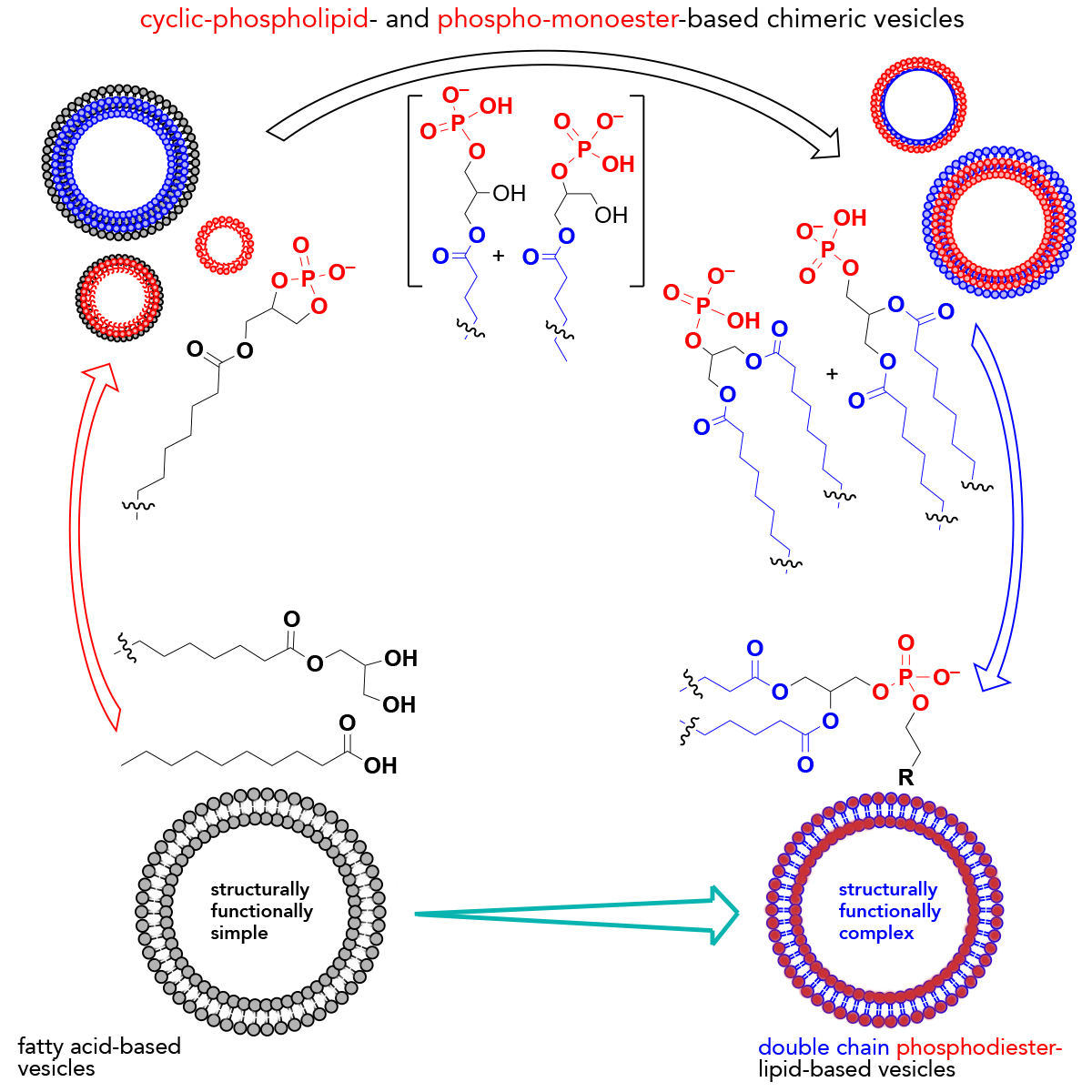
----------------------------------------------------------------------------------------------------
Click on Images for Video
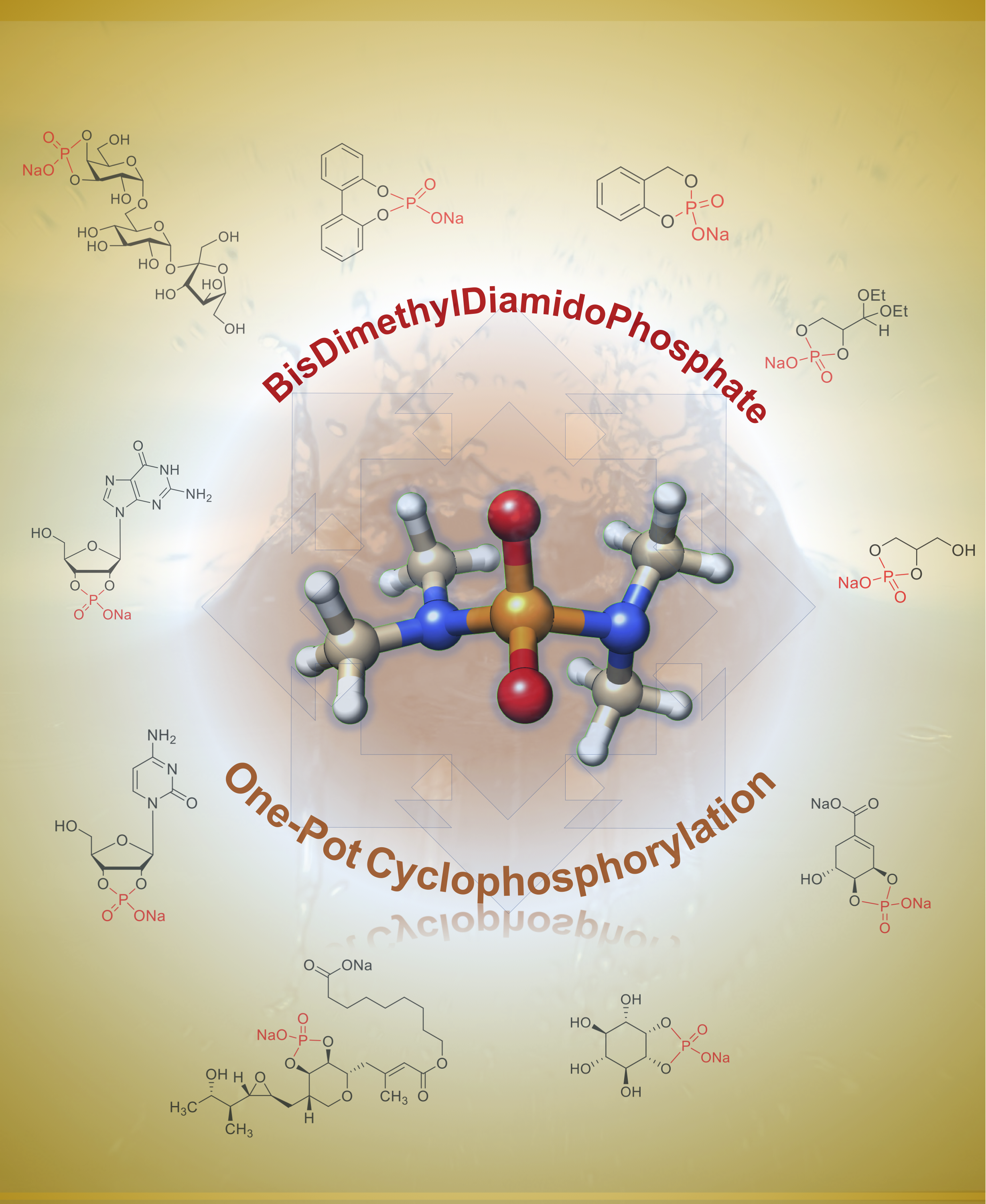
Chemical Therapeutics:
The alternative targets and intermediates produced in the above endeavors provide a new, and rich, source of structurally and functionally wide-ranging molecules that would be useful from a medicinal chemistry viewpoint. We are working closely with groups at TSRI to screen and evaluate the biological activity of these novel compounds and intermediates synthesized in our laboratories.


